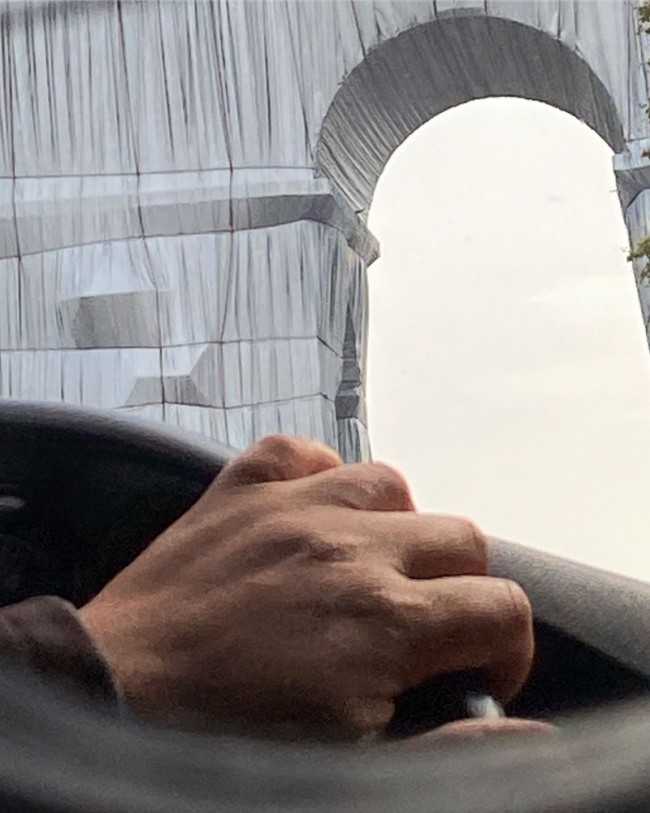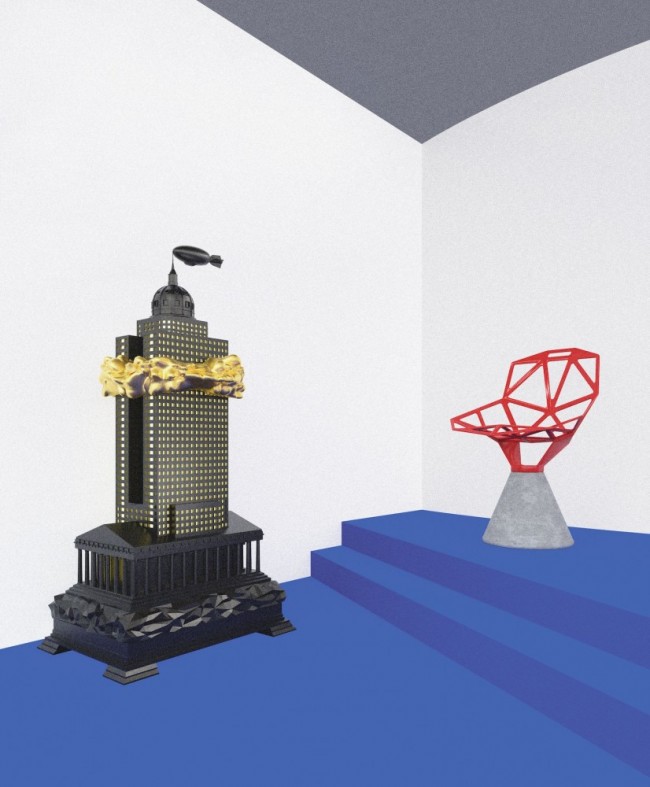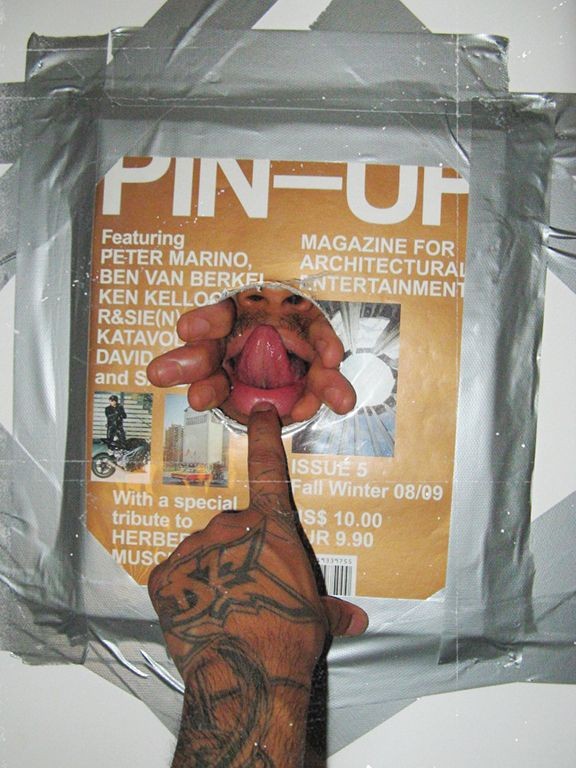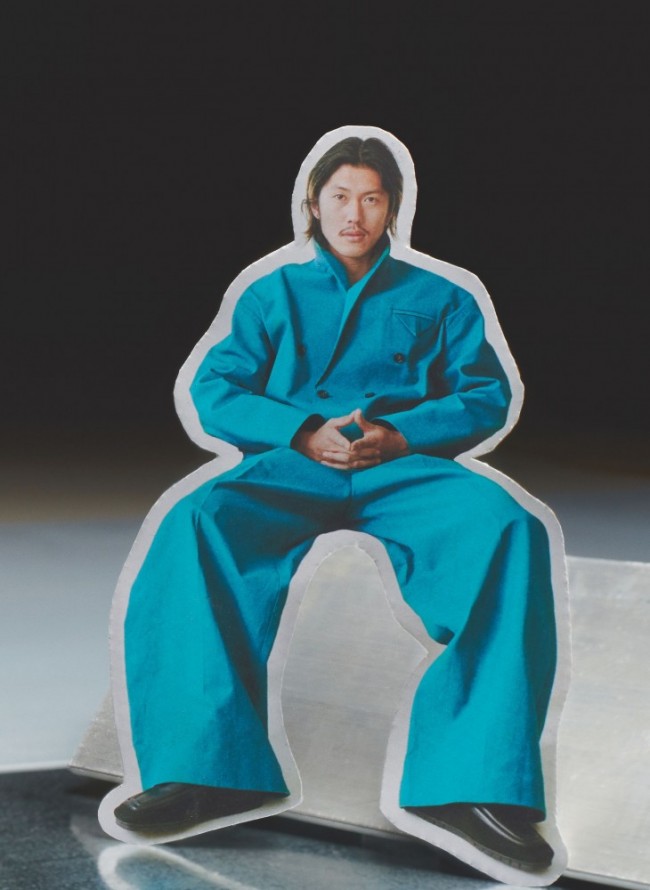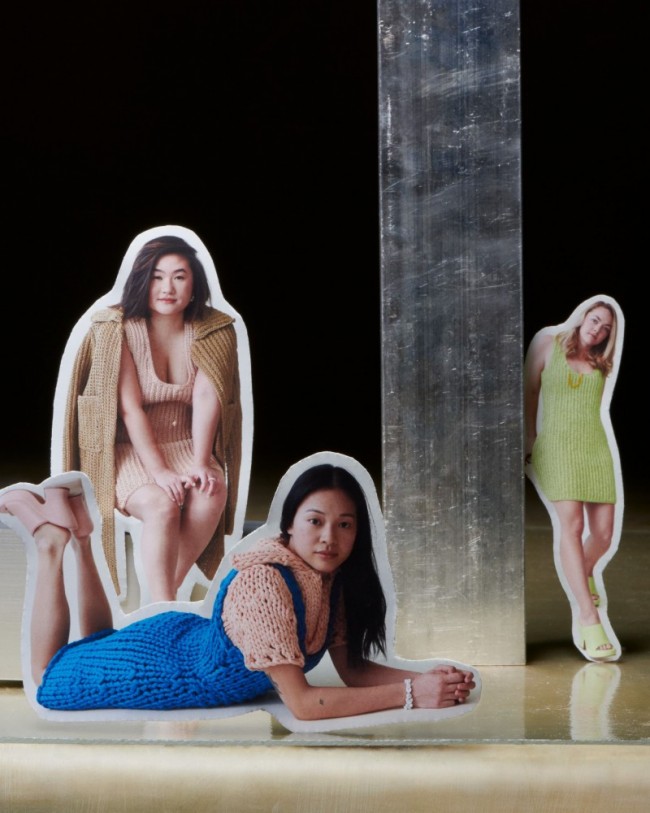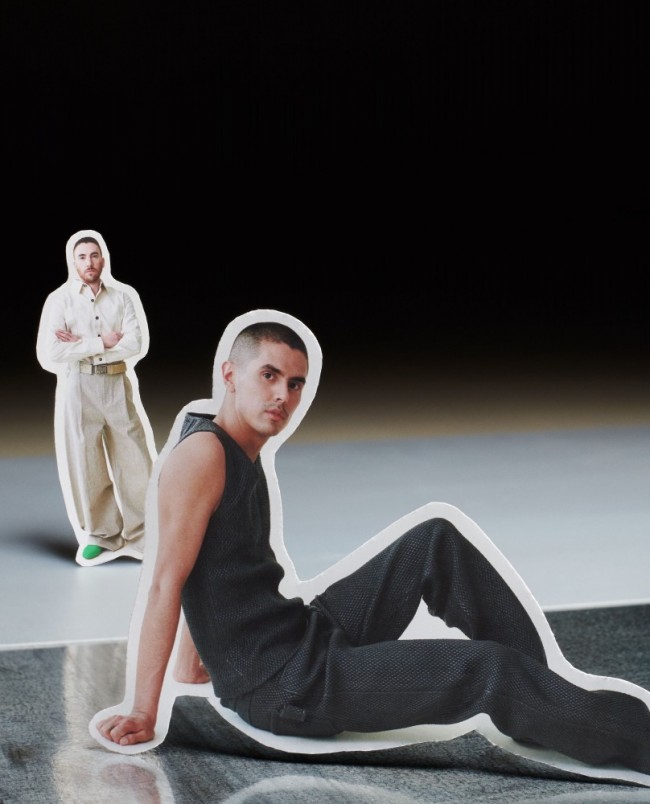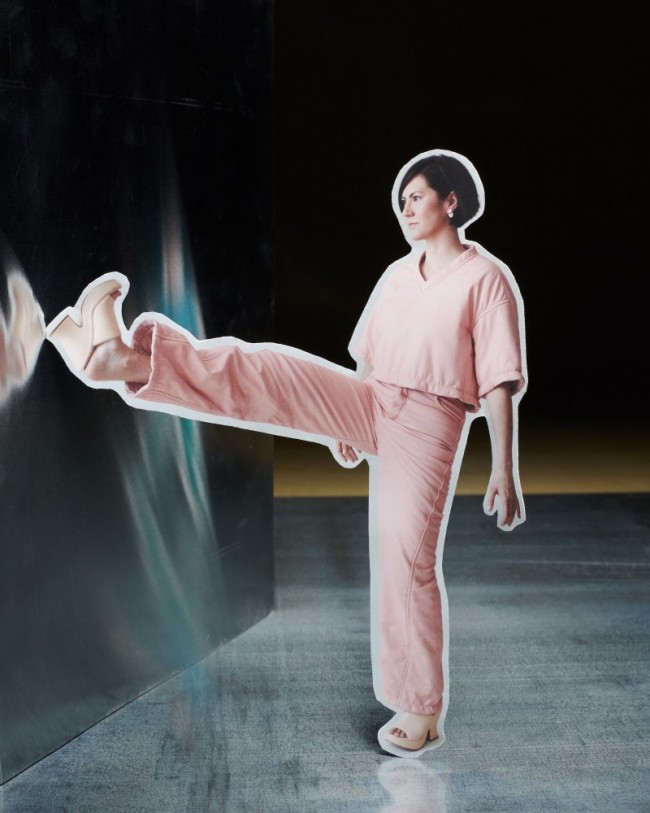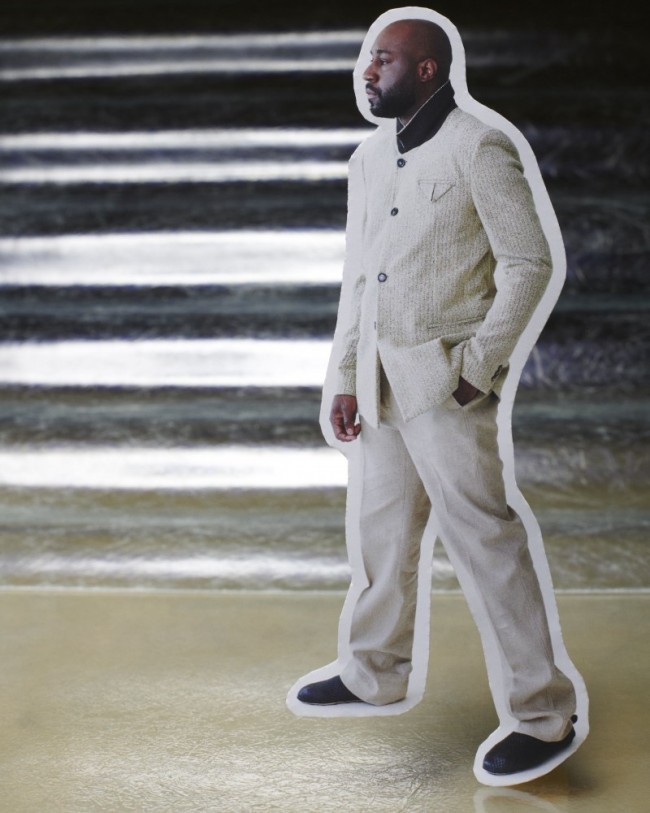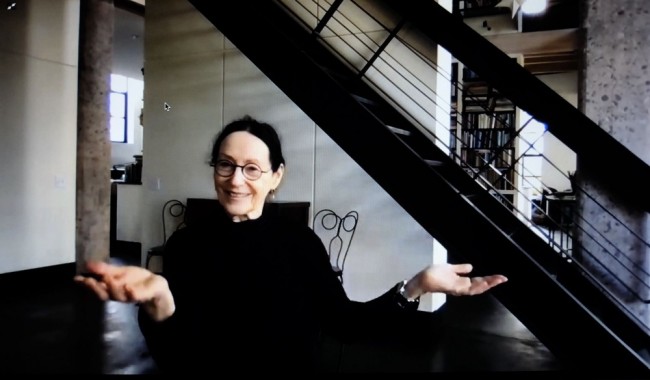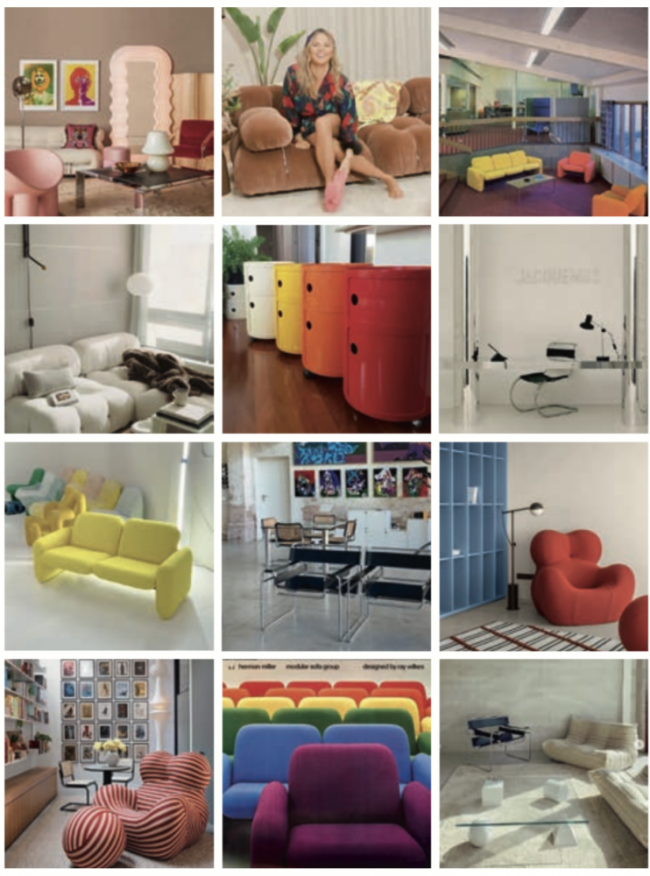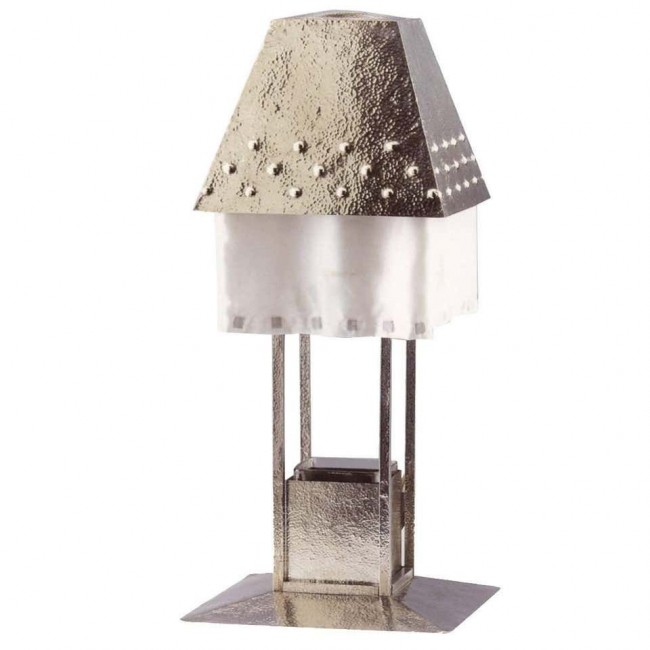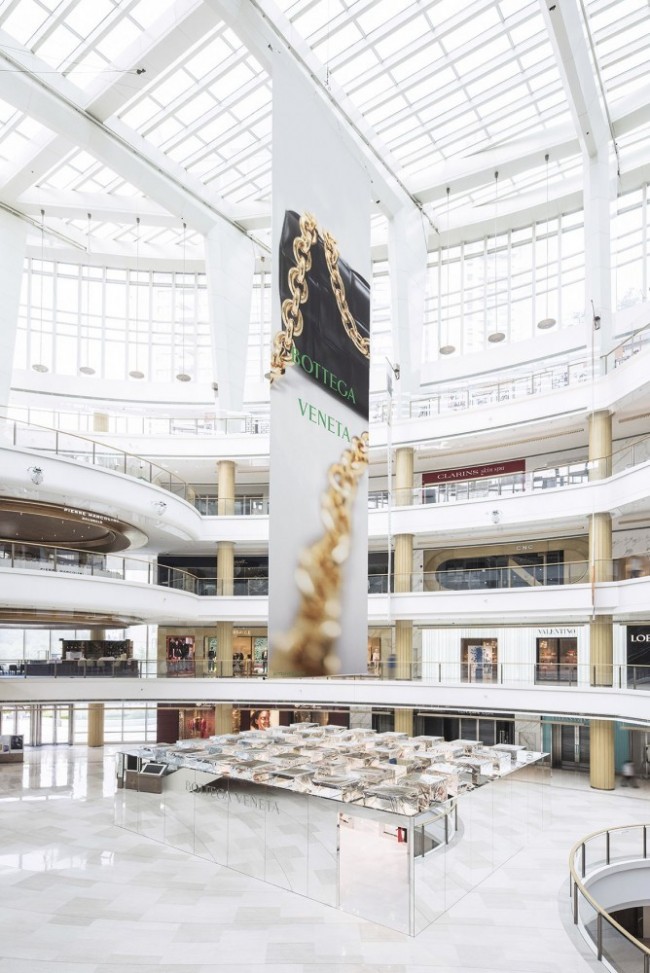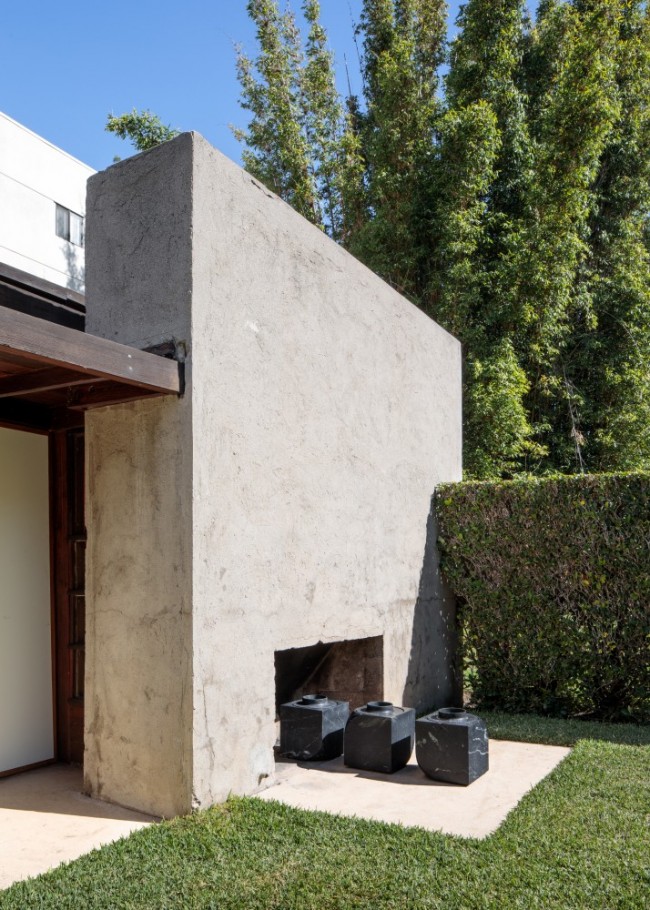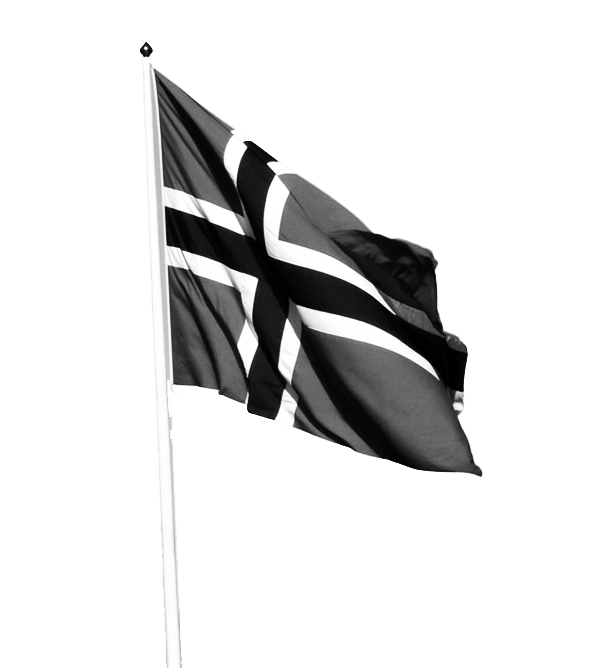NEW NEW YORK ARCHITECTS: Interview With Nile Greenberg And Michael Abel Of ANY
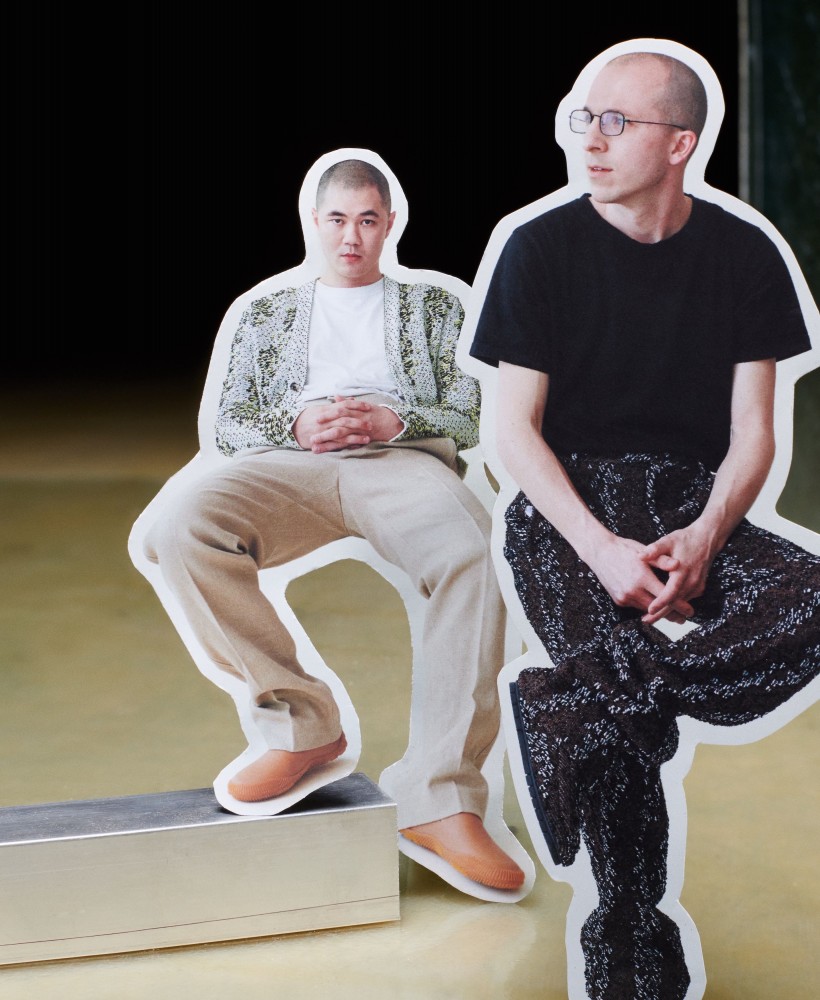
Michael Abel and Nile Greenberg photographed by Tanya and Zhenya Posternak for PIN–UP Magazine.
Before joining forces in 2020 to form ANY, architects and long-time collaborators Nile Greenberg and Michael Abel cut their teeth at forward-looking firms like MOS, SO–IL, and Leong Leong. Fascinated with Modernism’s legacy, ANY’s work frequently disrupts classical forms by way of materiality (or its simulation), color, and light. Take for example a long residence made reconfigurable by colorful metal walls, or artist housing with slightly off-kilter fenestration. They apply an architectural approach to projects at other scales, too, from advertisements for skyscrapers to ski-town masterplans.
ORIGINAL INTERVIEW PUBLISHED IN PIN–UP 30. GET YOUR COPY HERE.
-

“New New York Architects” in PIN–UP 30 photographed by Luke Libera Moore.
-

“New New York Architects” in PIN–UP 30 photographed by Luke Libera Moore.
-
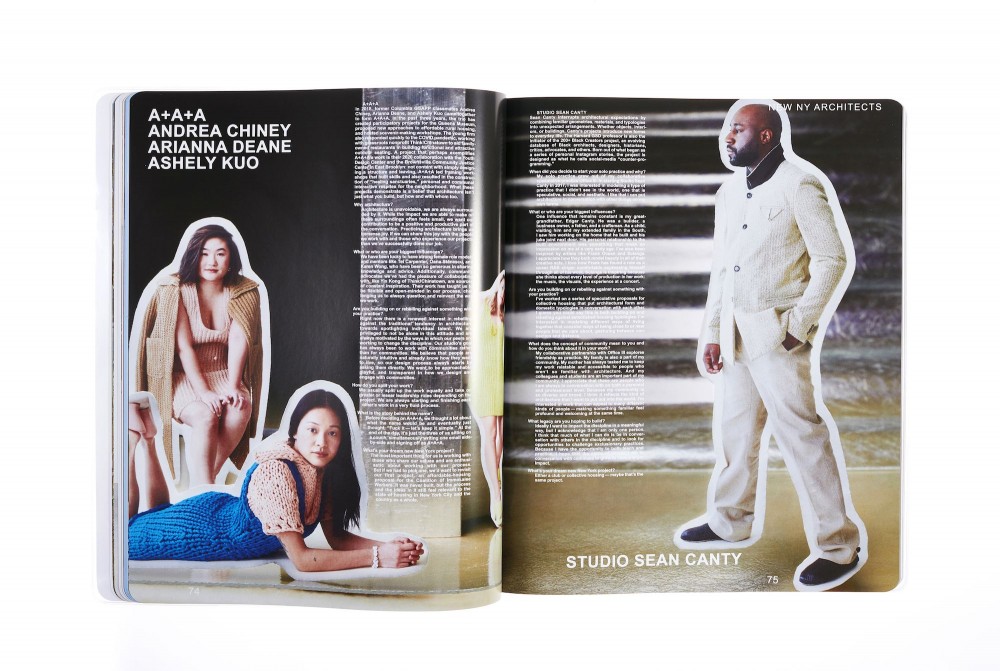
“New New York Architects” in PIN–UP 30 photographed by Luke Libera Moore.
-

“New New York Architects” in PIN–UP 30 photographed by Luke Libera Moore.
-

“New New York Architects” in PIN–UP 30 photographed by Luke Libera Moore.
PIN–UP: How and why did you come together to start ANY?
ANY: We met while working at MOS Architects, where our main collaboration was on housing. Once we’d both left MOS, we rented an office together from an enigmatic architect named Christian Hubert in the Lower East Side. There is a certain natural tension and questioning when we work together, but when we land on something we both agree on, the result is usually contradictory, complex, and ambiguous in ways neither of us would have come up with alone. Often we can’t exactly put our finger on what the architecture is doing, even after studying the project and its evolution. The type of ambiguity we’re interested in is not uncertainty but the incredible confidence of knowing exactly what to do — architectural certainty.
What is the story behind the name?
ANY is a loose acronym of our names, Abel and Nile, but it’s also meant to feel bigger than the two of us.
What or who are your biggest influences?
Our interests are grounded around the buildings we interact with in New York, like the Seagram Building, the Prada Epicenter, the New Museum, NYU Silver Towers, Roosevelt Island, the West 21st Street Gagosian Gallery, Sugar Hill housing, the PUBLIC Hotel, One Chase Manhattan Plaza, the High Line. These projects are not without fault, but there’s a certain tension in them that is important to us. The fact that the city seems to be peaking in the scale of its failed experiments, like Hudson Yards, shows that there is plenty of room for experimentation and ever-intensified applications of architecture. ANY was formed to work on the city of New York. There are projects elsewhere, but it is important to us that we work in the place we occupy and that we perform new experiments on the city.
What does the concept of community mean to you, and how do you think about it in your work.
**We think architects can shift from actors who produce identities and masterworks for the market to actors who can engage once more in cities, infrastructure, and the public. To become more open-ended actors, we often operate within other mediums producing cultural, design, and research work. We don’t aim to blend those mediums with architecture, but to act directly in other ways as well. We are able to think through the potentials of architecture by performing acts of non-architecture.
Are you building on or rebelling against something with your practice?
We’re trying to understand the mistakes architects made in the past when approaching topics like the public sphere and community. The 21st century’s lessons in equity show us how broken Modernism’s idea of freedom was. It turns out that abstract or aesthetic freedom was the only thing really possible in many instances. To design equitable projects, we must step into the economic and policy-making decisions that have put architects at the end of the process. In some ways, the recognition of this failure in architecture is the real opportunity to make changes in the right places.
Interview by Drew Zeiba
Portrait by Tanya and Zhenya Posternak for PIN–UP
Creative Direction and Design by OBG
Styling by Akari Endo Gaut
Set Design by Julia Wagner
Makeup by Meredith Menchel
Production and post-production by VS+Company
Styling Assistance by Pascal Mihranian
All clothing Bottega Veneta

